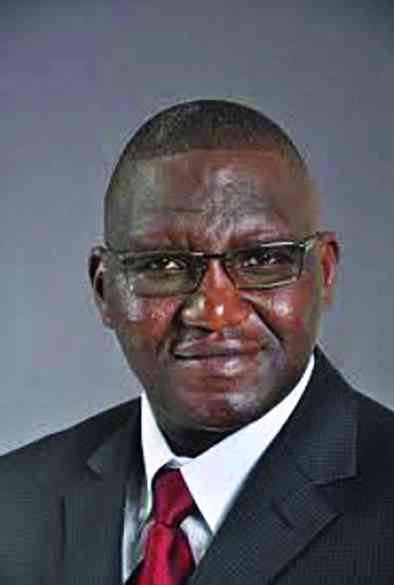
DURING a recent cold spell, four women from Section 5 in Caledonia, a sprawling informal settlement located 25km east of the capital, took turns to crouch and scoop water for domestic use from an unprotected well.

Tonderayi Matonho
This is a very familiar, but dangerous task around most parts of Harare as residents struggle to access this precious liquid.
“We have no other sources of water other than these wells and there are no water taps and many borehole pumps in this community have stopped functioning,” said Florence Chikomwe (not her real name), a girlchild at the pool.
The Councillor for Ward 46 which covers Caledonia, part of Tafara and Mabvuku, Luckmore Mangawa (Zanu PF) says now that the Harare City Council has moved into the area, the situation is likely to improve soon.
“Council will soon take care of business in this community in terms of water supply and provision as it has just moved in,” he said during a recent interview.
His counterpart in Ward 19, Joseph Rose (MDC-T), said what was needed were alternative sources of water supply by developing new sources of water storage and provision.
- Chamisa under fire over US$120K donation
- Mavhunga puts DeMbare into Chibuku quarterfinals
- Pension funds bet on Cabora Bassa oilfields
- Councils defy govt fire tender directive
Keep Reading
“Residents face problems of water supply on a daily basis. We need new sources of water to cater for the ever rising population and the challenges of rural-urban migration,” said Rose.

Harare provides water to Chitungwiza, Ruwa, Epworth and Norton and under normal circumstances should pump out at least 1 400 megalitres a day to supply more than four million residents of Greater Harare. Currently the council is only able to supply about 500 megalitres a day.
Harare City Council spokesperson Leslie Gwindi recently said the water shortage was being compounded by high demand.
“The water issue is an old issue and we have always said that we have issues of demand versus supply.
“What we have said to residents as the solution is to build a new source of water and that is very critical because we are depending on the sources we have, but they are few,” was quoted saying.
Innovative solutions needed
WATER is now a seriously scarce and unsafe in most parts of Zimbabwe due to inept and botched-up policies by local and central authorities and politicians. Dam development and construction has been planned, but has dragged on for decades due to weak policies.

As the country trudges on with these weak policies and ineptness and bungling to develop full scale and effective alternative water sources, a local community in Nyanga District has taken the initiative to create and develop its own safe and clean water sources.
The community has established a water-harvesting, conservation and integrated water management project.
The project area encompasses four small and modest villages of Bonde, Mambemba, Nyatondo and Sedze, which are in Ward 19 of Nyanga district.
These villages constructed four small dams high up on the slopes of the Nyangani Mountain Range, assisted by the Canadian International Development Agency, Norwegian People’s Aid and the Global Environment Facility-Small Grants Programme in different phases.
They have constructed nine water tanks below the mountain range that will receive the water from the small dams.
The water flows by gravity from perennial streams and springs dotted around the mountain range.
“They now need polythene pipes so that water can be transmitted from the small dams and tanks to the irrigation plots and homes,” said Joseph Tasosa, director of the Zimbabwe National Environment Trust, a non-governmental organisation facilitating the water projects.
He noted that three farmers have mobilised their own resources through remittances and are already using the harvested water to irrigate their crops.
“We are already using this harvested water to irrigate different crops in the fields,” said Anna Nyatondo while shifting irrigation pipes in a green field of healthy plants of potatoes and wheat next to pig and chicken pens, a programme they have aptly called ‘a butcher-in-the back-yard’. ”
Nyanga Rural District Council chief executive officer, Zefenia Jaravaza, commended the project and its impact on the community.
“These villages are doing highly commendable work and need to be supported as neglecting community-driven initiatives contributes to persistent vulnerabilities and it is a direct response to droughts which plague this district depending on rain-fed agriculture for years,” said Jaravaza.
Nyanga-based Environmental Management Agency (EMA) officer, Douglas Manzou, said the project went through all processes of environmental impact assessment.
“Processes of environmental impact assessment were done through independent contracts and such projects have proved that if water resources are effectively harnessed, they can be utilised to the benefit of communities without any cost to the environment,” he said.
Former Environment and Natural Resources Management, minister Francis Nhema toured the project area in 2012 and was impressed, promising the community technical assistance.
Experts note that the government should recognise and prioritise traditional common property systems of water resources management to speed up agricultural and industrial development and growth.










